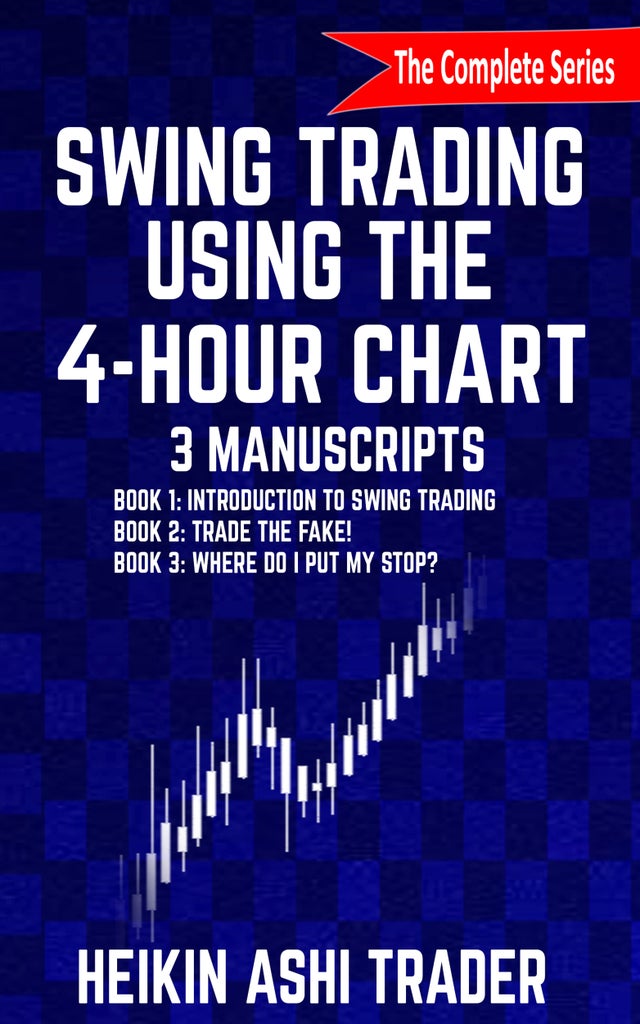Dao Press
Swing Trading using the 4-hour chart 1-3
Swing Trading using the 4-hour chart 1-3
Impossibile caricare la disponibilità di ritiro
Share
![]()
Part 1: Introduction to Swing Trading
Swing trading is too fast for investors and too slow for day traders. It takes place on a timeframe in which you will find very few professionals traders.
Swing traders usually use 4-hour charts. This period falls exactly between that of the investor and the day trader. As a swing trader, you are prone to sit on the fence, and that's good, because here you are almost alone.
This book describes the swing trading method of the Heikin Ashi Trader. It is ideal for individual investors who do not want to sit all day in front of the computer screen.
1. Why Swing Trading?
2. Why should you trade using the 4-hour chart?
3. Which markets are suitable for swing trading?
4. What instruments you can swing trade?
5. Swing Trading Setups
A. Support and Resistance
B. double top and double bottom
C. breakouts
D. flags and pennants
6. Money Management
7. Why you need a Trading Diary
8. What is it all about?
Part 2: Trade the Fake!
In the second part of the series "Swing Trading using the 4-hour chart" the Heikin Ashi Trader speaks about the phenomenon of stop fishing and Fakeouts as well as the many deceptions that major players and algorithms stage in today's financial markets. These often seem more the rule than the exception.
1. A feint at its finest!
2. How to identify fakes?
3. How do I trade Fakes?
4. Fakes at technical chart patterns
A. flags
B. triangles
C. Trend Channels
5. Trading cross rates
6. More complex patterns
Glossary
Part 3: Where Do I Put My Stop?
In the third part of the series on "Swing Trading using the 4-hour chart“, the Heikin Ashi Trader treats the question on where the stop should be. Once a trader stops introducing stops, he will discover that his hit rate will worsen. However, by doing this he gains full control of the trade management. Stops are therefore not unavoidable, but remain an integral part of a trading system that is profit-oriented.
Table of Contents
1. Are Stops Necessary?
2. What Is a Stop Loss Order?
3. Stop Management
4. Play Your Own Game
5. Cut Your Losses
6. And Let your Profits Run
7. Stop Management in Trending Markets
8. Stop Management with Price Targets
9. The Swiss Franc Tsunami, a Healing Moment of the Trader Community
10. How Many Positions Can I Keep at the Same Time?
Glossary


